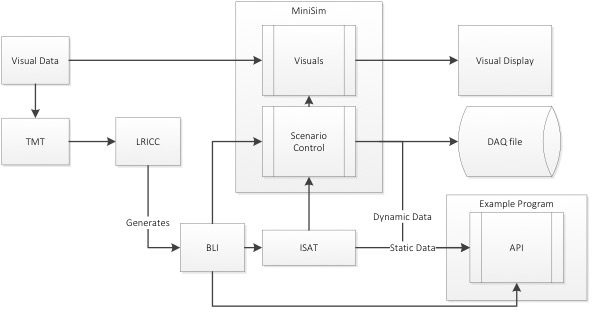Product Engineering & Development
-- miniSim. Endless possibilities.
The world of transportation is changing rapidly, as vehicles become smarter and safer than ever before. This also means that we are seeing greater complexity in vehicle systems. Because a particular vehicle component or technology does not act in a vacuum
A systems-level approach must be taken in designing today's vehicles. Engineers must examine not only how a particular component or technology will function in a vehicle, but also how it will interact with other components, as well as the driver. In developing new technologies, simulation is key. Simulation enables road-testing of designs and technologies in a risk-free, virtual environment where an almost endless number of scenarios can be built to test specific scenarios and answer important questions.
Ideal for product engineering and development, the miniSim provides the level of
Helps to keep testing and engineering costs low, while still ensuring the high level of product integrity required to protect consumers and meet regulatory demands.
When reputation and safety is on the line, vehicle technology must perform the first time, every time.
- Applied research
- Automation
Logical database API allows users to extract road information at runtime such as geometry, speed limits, lane marking, and scenario static and dynamic objects. Vehicle automation includes external control of low-level behaviors such as transfer control, lane and speed following, lane change, brake to stop, merge/exit, turn, pull over, abort, transfer, turn-by-turn instruction, and driving style.
- Recommended Configurations for Produce Engineering & Development
- Desktop
- Simplified Cab
- Quarter Cab
- Custom

